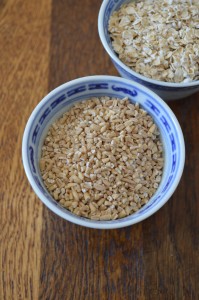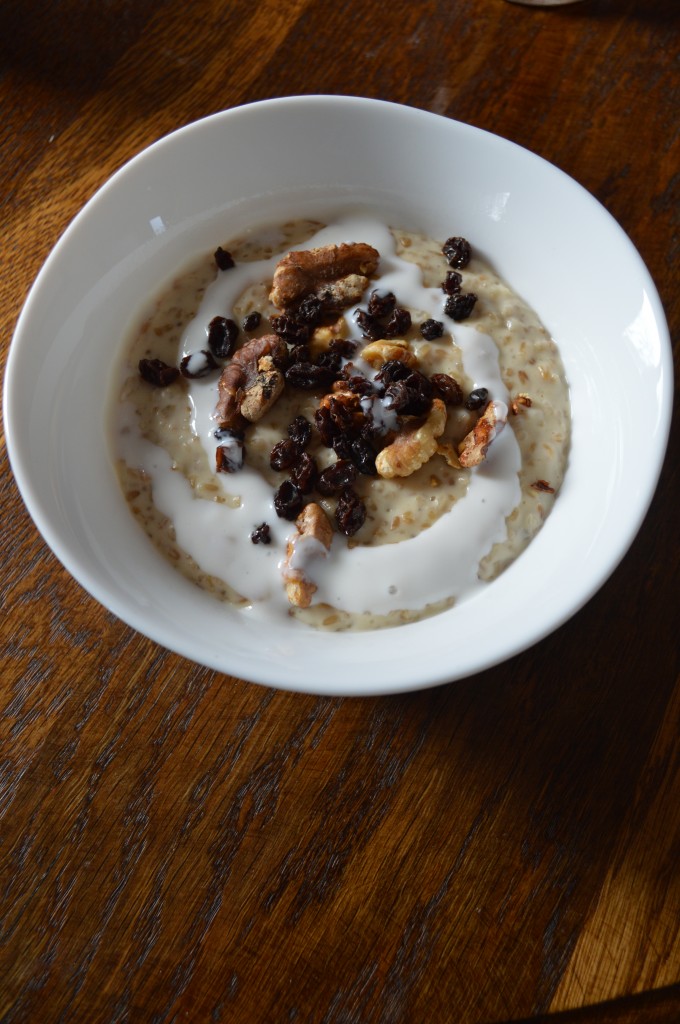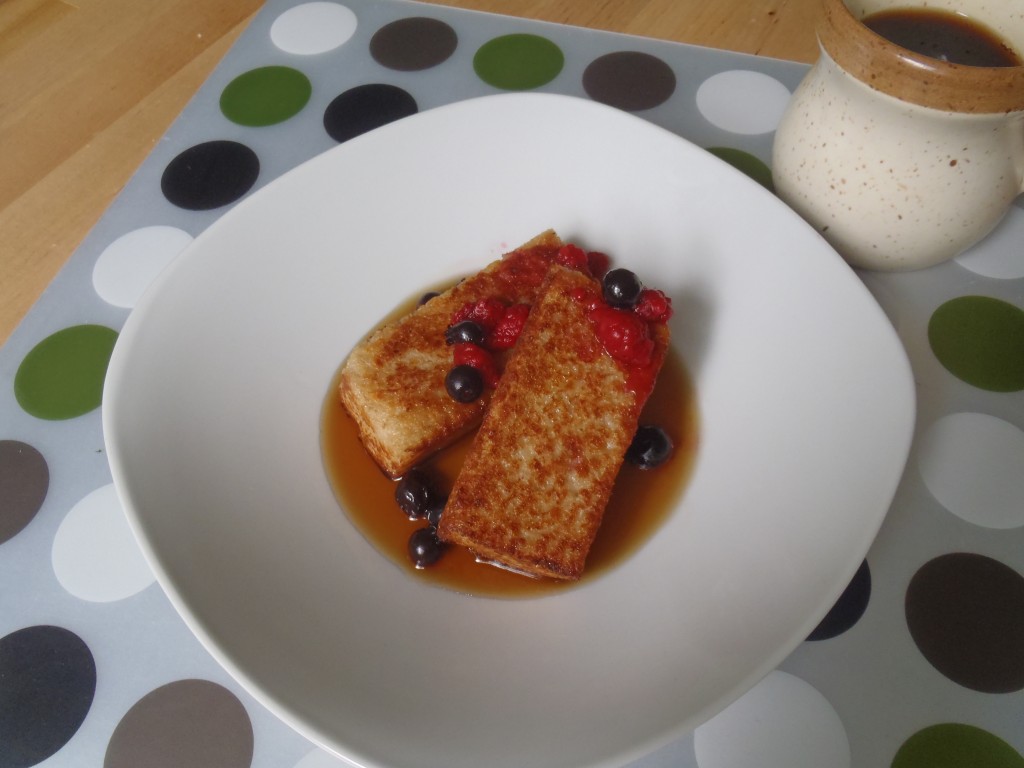Originally published March 17, 2014.
 The single most important decision in making porridge is the style of oats you choose to cook. For my breakfast, the only acceptable style is steel-cut, sometimes called Scottish or Irish oats.
The single most important decision in making porridge is the style of oats you choose to cook. For my breakfast, the only acceptable style is steel-cut, sometimes called Scottish or Irish oats.
Why Quick Oats and Minutes Oats are The Worst. Quick oats and minute oats produce porridge with a nauseating texture. The grains are rolled and cut fine so that they cook quickly, but the oatmeal has a gluey mouthfeel. My theory is that the extensive processing produces a very fine oat-dust, and as soon as this oat-dust is hydrated, it becomes a thick paste. Whatever the cause, porridge made from quick oats subtly sticks to the back of the mouth, triggering a mild gag with every swallow. Perhaps I have a unique physiology…
Steel-cut oats are not rolled, just cut so that they still have the round cross section of the whole grain. The photo above shows steel-cut oats in the foreground, rolled oats in the back. Yes, they take longer to cook, but there is little oat-dust, so the final porridge has a creamy mouthfeel, punctuated by larger pieces of grain. It really is like risotto if cooked properly.
In conclusion: the only thing quick oats and minute oats are good for is making meatloaf.
A simple, simple recipe for porridge is typed below. Be sure to read the note on fried porridge at the bottom of this post. It may change your breakfast routine forever.
Basic Porridge
Master Ratio – 1:3 steel-cut oats to milk, by volume
Ingredients
- 1 tbsp unsalted butter
- 1/2 cup steel-cut oats
- 1 1/2 cups whole milk, or I guess water in a pinch
- speaking of pinches: 1 pinch kosher salt
- 2 tbsp dark brown sugar
- optional: buttermilk to drizzle over cooked porridge (try it…)
- toasted nuts, seeds, and dried fruit as required
Procedure
- Melt the butter in a heavy pot. Add the oats and turn the heat to medium. Toast the oats until you can smell that the butter is starting to brown.
- Add the whole milk and salt. Bring liquid to a boil, then reduce to a gentle simmer. Cook until the oats are tender and the liquid has thickened, about 30 minutes. Stir periodically.
- Stir in the brown sugar. Taste and adjust seasoning as required.
Fried Porridge
or, why it behooves you to make more porridge than you can eat in one sitting
My great aunt Dorie used to pour leftover porridge into a tray to congeal. The next morning it was cut into blocks and fried in bacon fat. Think: rural Canada’s answer to fried polenta.

